How Kazakhstan uses nuclear reactor and peaceful atom - a photo report

In 1957, the Institute of Nuclear Physics was established in Almaty, the only research organization in Kazakhstan dedicated to the peaceful use of atomic energy. This institute conducts a full cycle of scientific research and experimental design work, including fundamental and applied research, technology development, and production. The institute’s specialists test materials for next-generation nuclear reactors and thermonuclear reactors, and they also apply nuclear technologies in medicine, industry, and scientific research. Reporters from the Kazinform News Agency visited this strategic facility to learn about the projects being implemented and the technologies used there.
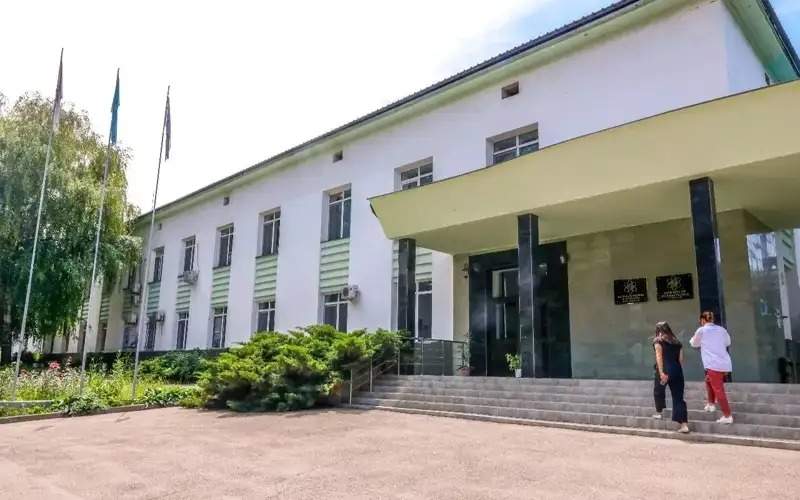
The institute has 11 basic experimental facilities. It comprises 23 research laboratories and 3 scientific and technical centers, equipped with modern analytical and testing systems.
The strategic facility is located in the village of Alatau, 20 kilometers from Almaty. A special permit is required to enter. The area is under military guard. Our correspondents had to pass several checks at the entrance to see the nuclear reactor.
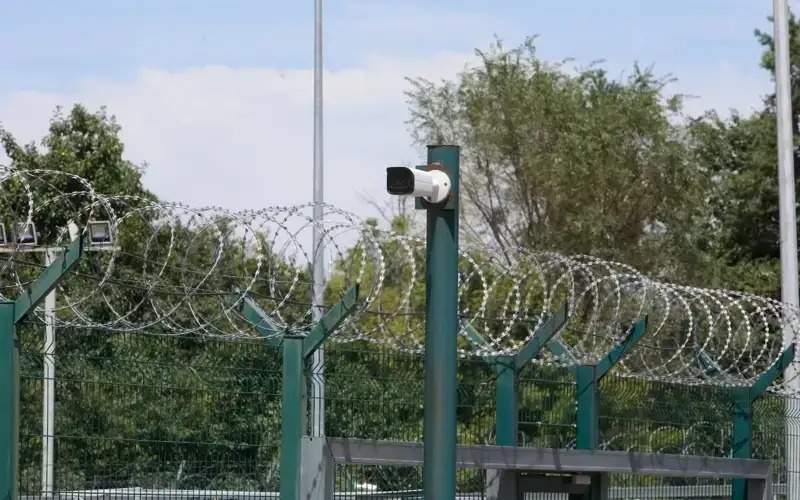
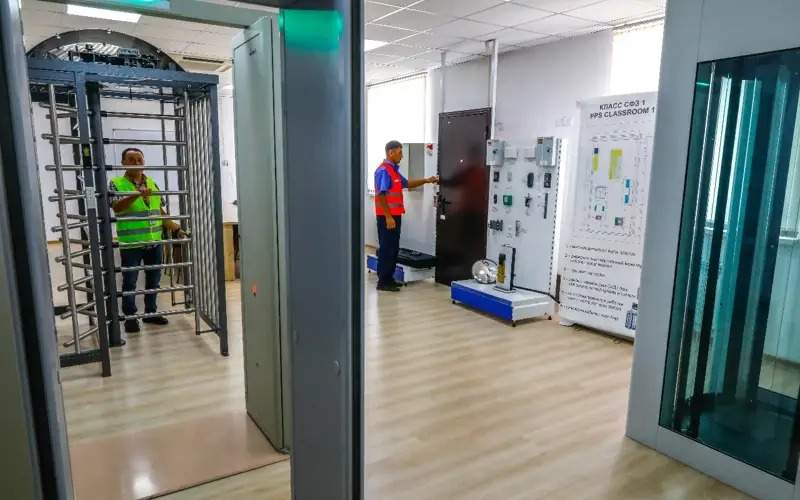
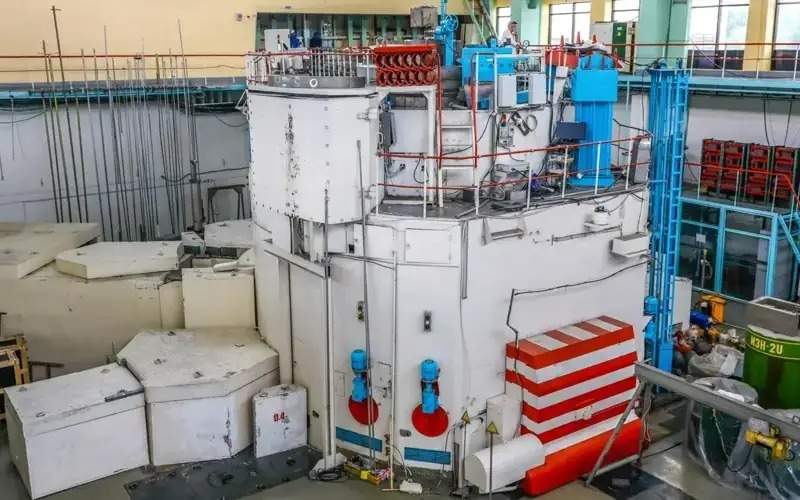
What is a nuclear reactor?
It is the VVR-K research atomic reactor (water-water reactor – Kazakhstan made). At first glance, it seems like just a large installation. However, it carries out essential and important processes that contribute to the development and application of nuclear technologies.
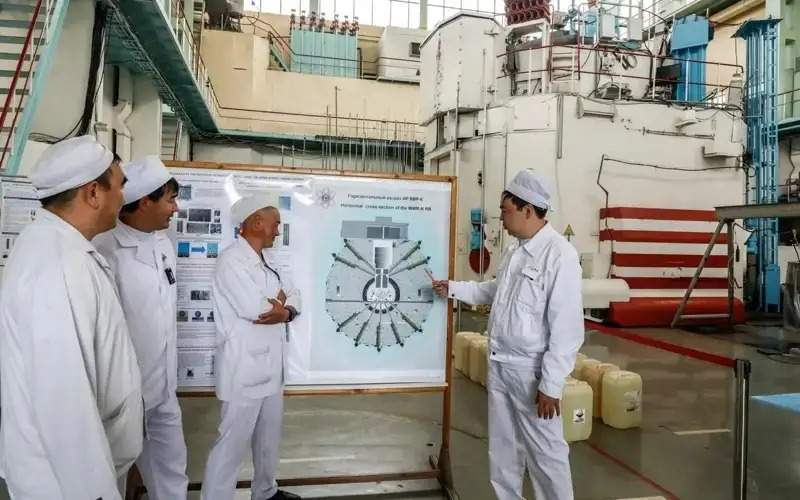
In addition to fundamental nuclear-physical and materials science research and in-reactor testing, the reactor also produces medical radioisotopes, gamma sources for industry, and conducts neutron activation analysis.
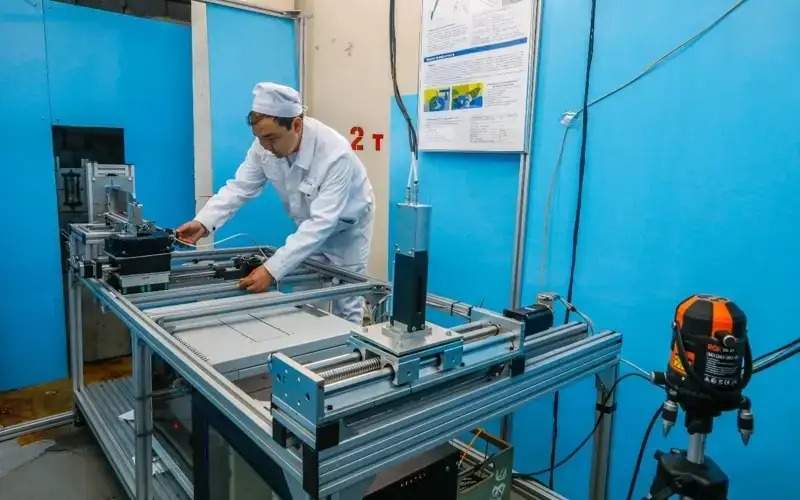
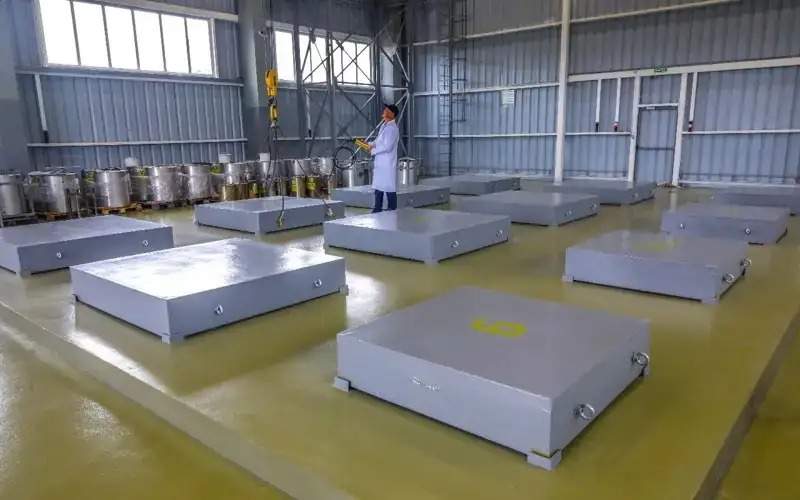
The VVR-K reactor is practically a prototype of a nuclear power plant that is planned to be built in Kazakhstan in the future. This is because the International Atomic Energy Agency (IAEA) safety requirements for nuclear power plants and research reactors are the same, and in the 57 years of the VVR-K reactor’s existence, there has not been a single incident. Additionally, this reactor is one of the main training grounds for future nuclear power plant personnel.
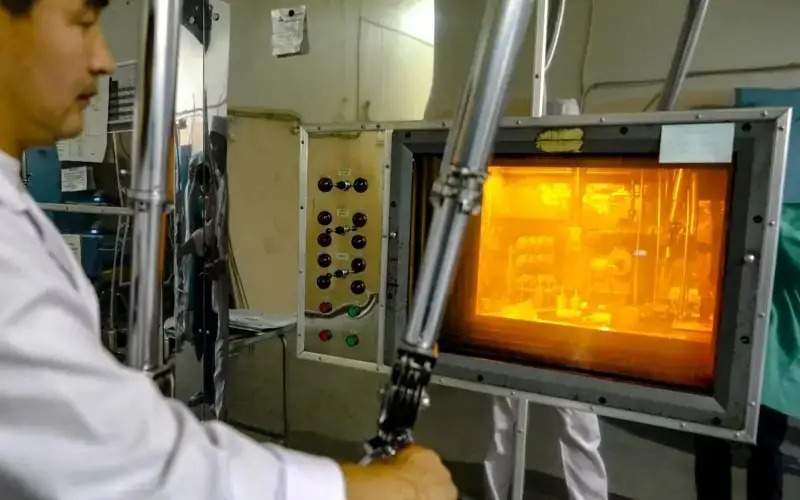
According to experts, the Institute of Nuclear Physics is actively implementing and applying technologies in the field of peaceful atomic energy use. The VVR-K research reactor and the Cyclone-30 cyclotron have established a full cycle of radioactive isotope production for both industrial and medical purposes (radiopharmaceuticals - RFP) for the diagnosis and treatment of cancer.
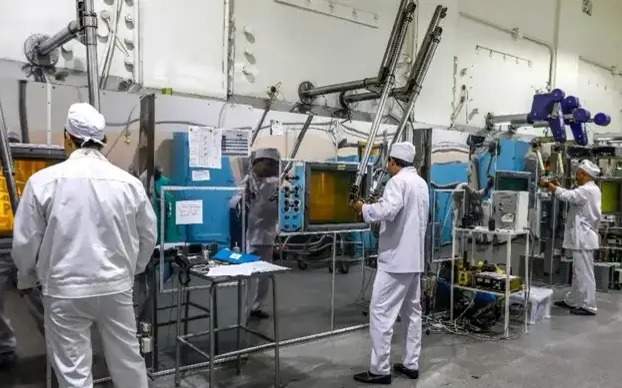
There are also so-called “hot cells” here, equipped with viewing windows and remotely controlled manipulators, allowing staff to work safely with radioactive materials. Each of the five cells has its own function: one receives irradiated materials from the reactor, other cuts materials, the third conducts welding and testing of radiation sources, and the others process radioisotopes.
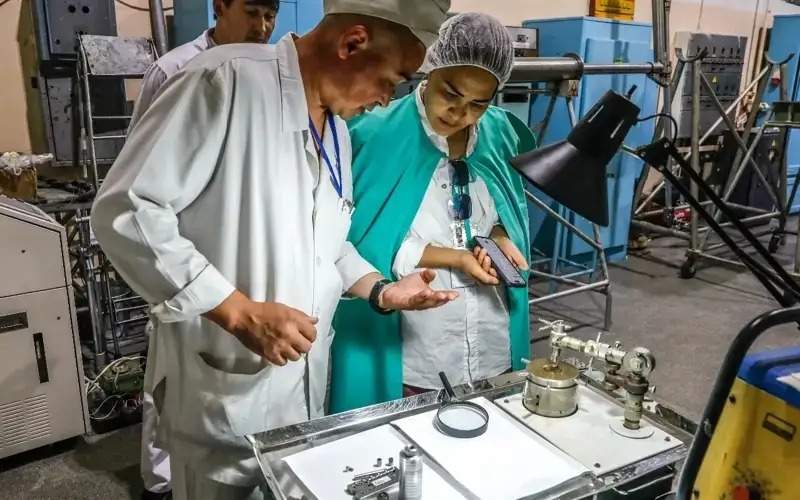
“Isotopes are divided into industrial and medical. The Institute produces three medical isotopes. Two are used for diagnosing cancer and one for treating thyroid cancer. In addition, the reactor is used for coloring gemstones. Colorless topaz, after being placed in the nuclear reactor, turns blue under neutron irradiation,” says engineer Nurlan Sugurzhanov.
It is worth noting that today the Institute regularly produces 75% of all RFP production in Kazakhstan and supplies these radiopharmaceuticals to medical institutions across the country.

Since June of this year, the Institute has begun its first supply of molybdenum-99/technetium-99 generators to Kyrgyzstan under an agreement with the IAEA. They are used for the diagnosis and therapy of cancer. Additionally, the Institute produces and supplies the radioactive isotope cobalt-57 to Russia, Germany, the USA, and France, with plans to supply Türkiye.
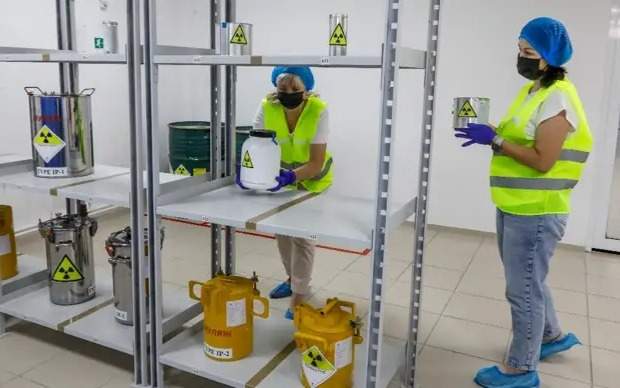
Also, this year, for the first time in the country’s history, the radiopharmaceutical “Fluorodeoxyglucose-18 °F” produced by the Institute of Nuclear Physics of the Ministry of Energy of the Republic of Kazakhstan, was delivered by air transport to the Nuclear Medicine Center in Shymkent. Before this, the transportation of radiopharmaceuticals within Kazakhstan was done exclusively by road.
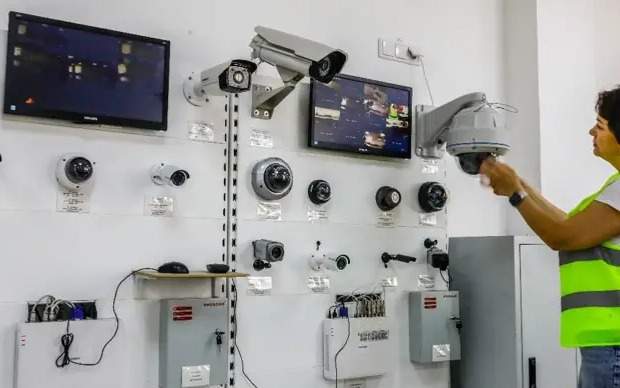
According to Zhaksylyk Tezekbayev, deputy head of reactor operation and maintenance, the nuclear reactor was commissioned in 1967. The reactor operates continuously for 21 days. As it is a research reactor, it does not produce electricity.
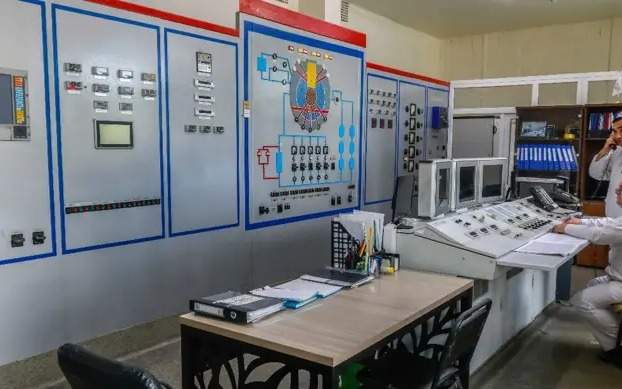
“Work in the reactor is controlled around the clock using a control panel. Specialists work in four shifts. The reactor is constantly under strict supervision, with special attention paid to radiation safety and waste management. Acceptable radiation limits are established, and all work is carried out in strict compliance with hygiene standards. An automatic alarm system activates if radiation levels exceed the established thresholds in the reactor. The radiation safety service ensures waste minimization and prevents radioactive contamination. I have been working here for 17 years, and there has not been a single incident,” he emphasizes.
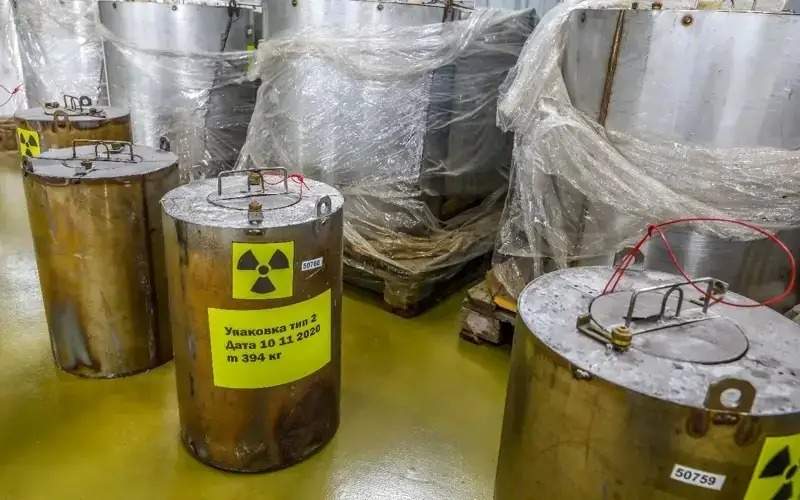
How are radioactive wastes disposed of?
According to Askat Bekbayev, deputy chief engineer of the VVR-K reactor, waste that comes into contact with radioactive materials is placed in special containers and buried. The institute has a storage facility for spent ionizing radiation sources. We visited this storage and were assured of the secure storage of the radiation sources. It was created under an agreement between the Ministry of Energy of Kazakhstan, the U.S. Department of Energy, and the Canadian Ministry of Foreign Affairs.
“The storage facility was commissioned in 2022 and is designed to safely store ampoule sources of ionizing radiation for industrial and medical purposes after their operational life. The design lifespan of the storage facility is 50 years,” the spokesperson said.
Nuclear power plants and personnel training
The institute has extensive experience in training personnel for Kazakhstan’s nuclear industry. The INP has the entire necessary infrastructure for training nuclear power plant specialists, including a stationary research reactor, a critical stand, and various types of accelerators. Three training centers operate at the institute with IAEA support. These are the Radiation Safety Training Center since 2000, the Nondestructive Testing Method Training Center since 2003, and the Nuclear Safety Training Center since 2017. Their activities involve training personnel for the nuclear industry.
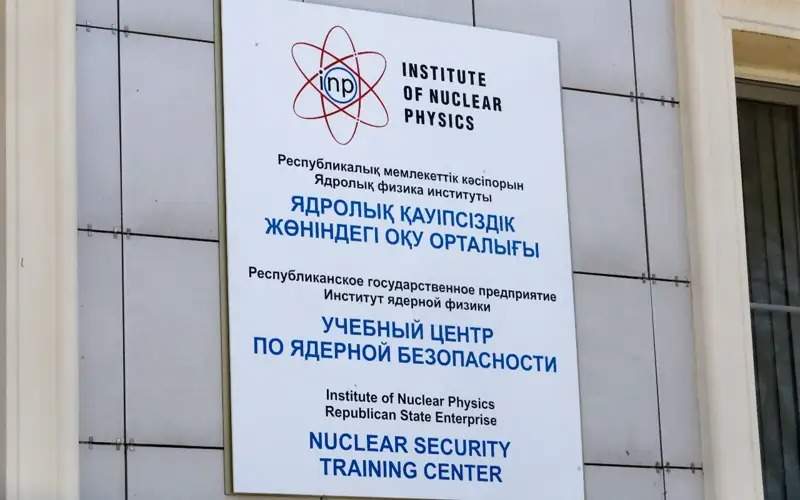
There is also a Nuclear Safety Training Center. It was established at the institute’s initiative by the Government of Kazakhstan with the support of the U.S. Department of Energy’s National Nuclear Security Administration. The center is part of the IAEA’s international network of training and support centers in nuclear physical security. The center has classrooms equipped with special equipment for physical protection, accounting, and control of nuclear materials, a training transportation and pedestrian checkpoint, a polygon representing the perimeter model of a nuclear installation, mock nuclear material storage facilities, and a central control panel for the physical protection system.
About 700 employees work at the Institute of Nuclear Physics, including 70 with a doctorate or candidate of sciences. Among the staff, there are also nine experts from the IAEA.
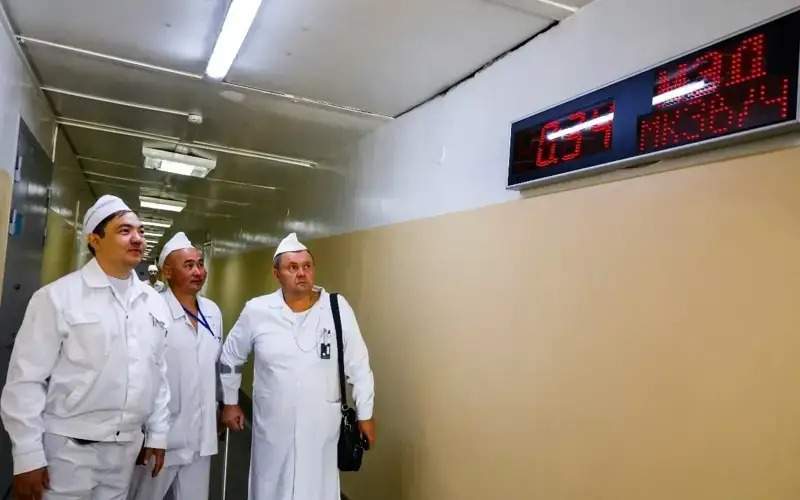
Construction of a Nuclear Power Plant
According to Evgeny Ermakov, deputy general director for production at the Institute of Nuclear Physics, nuclear energy positively impacts the country’s economic development. Therefore, he believes that a nuclear power plant should be built in the country.
“Even now, the demand for electricity in the country is increasing, and a shortage is becoming noticeable. For example, today the electricity shortage in Kazakhstan has exceeded 1 GW. Specialists in this field are sounding the alarm. Of course, people have a fear of radiation, primarily due to historical fears, particularly the influence of the Semipalatinsk nuclear test site. However, it should be noted that at that time, atomic energy was tested for military purposes, while nuclear power plants are based on the peaceful use of nuclear technologies,” he says.

If a nuclear power plant is built, it will be one of the safest stations in the world, he believes. “There are currently 400 nuclear power reactors in the world. Half of them are water-water reactors. To date, none of them has experienced an incident,” the expert noted.
Evgeny Ermakov also addressed the issue of training qualified personnel in the field of nuclear energy. “Many believe that if a nuclear power plant is built, we will face a shortage of personnel. In reality, this is not the case. The Institute of Nuclear Physics knows how to work with radiation and use nuclear technologies. We have a water-water research reactor, which essentially serves as a prototype of the nuclear power plant planned to be built in Kazakhstan. Therefore, practical training of specialists for the nuclear power plant can be conducted at the institute. Preliminary forecasts suggest that about 400 specialists with higher education will be needed. We have enough educational institutions that provide theoretical education in this field. However, practical training is necessary. We have signed memorandums with four Kazakhstani universities. Thus, we have all the prerequisites and opportunities to train specialists ourselves,” he said.
He also noted that the construction of a nuclear power plant would reduce dependence on oil and gas. Additionally, the use of nuclear energy saves electricity during transportation and prevents its shortage.
Thus, the construction of a nuclear power plant also contributes to increasing the coverage of electricity sources throughout the country.

